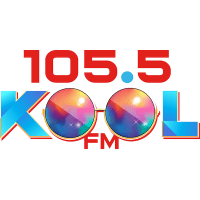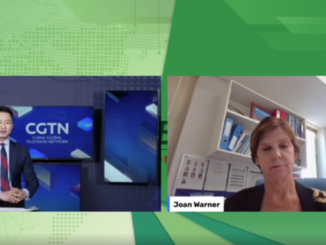At the recently concluded ABU Digital Broadcasting Symposium 2022, one of the sessions discussed Evolving Business Strategies for Broadcast and Media. It was moderated by Zhong Shi, Anchor, China Global Television Networks (CGTN) and included presentations by Joan Warner, Chief Executive Officer, Commercial Radio Australia, and Simon Keens, Sales and Business Development Manager, Ampegon.Warner’s presentation was titled Radio 2022 and Beyond: Meeting the Commercial Imperative.She began by discussing the current radio broadcasting scene in Austalia: “Most listening in Australia is still done using AM / FM and DAB+ broadcasts, but there is growth in listening online through mobile apps, smart speakers, in-car apps and aggregators. Streaming and podcast numbers are also up. However, we need to invest in broadcast as well as non-broadcast digital to keep our competitive advantage while developing capabilities across any other platform possible.”According to research, people like to hear entertainment and news about local areas delivered in local voices, which gives radio a strong advantage over digital platforms.“Live and local is one of radio’s superpowers. It connects local communities and provides a trusted, authentic and local safe haven for listeners and advertisers. It’s imperative that we continually communicate the power of broadcast radio and DAB+, not only to advertisers but to government and legislators,” she said.“Along with high quality sound DAB is cheaper and greener than AM and FM, but just as reliable and robust. DAB + provides a significant choice in content and builds incremental audiences and revenue growth for broadcasters. There are now over 350 DAB+ and AM/FM stations on the radio app – robust growth over ten years.”Giving an example of how DAB+ offers agility and flexibility a big positive for commercial broadcasters, she cited award winning Little Fox Digital Radio, which was created in four days only for children during the COVID pandemic. It remained on air for ten months and was listened to by thousands of Australian families.Speaking about how radio can continue to thrive in the connected car, she said that with car manufacturers looking to invest in developing their connected services in the car dashboard and possibly cut costs elsewhere, it’s likely that broadcast radio will come under pressure. There’s a real possibility that radio in the connected car may not be easily discoverable. She discussed a research commissioned by WorldDAB in partnership with Radioplayer and sponsored by the National Association of Broadcasters, Xperi and CRA. It will provide the radio industry with a robust and independent report addressing this strategic challenge. The survey asked global consumers how much they value radio in the car. Almost all in-car listeners say a broadcast radio tuner should be standard equipment in every car. Radio operators can’t be passive passengers during the journey towards the future of the car.Summing up, she said: “It’s imperative that we continue to invest in AM/FM radio and DAB+, in 2022 and beyond, while developing new digital capabilities. DAB+ and internet working together provides the foundation for a total radio experience. DAB+ builds audiences and generates revenue for broadcasters. Advertisers require detailed measurement and robust research which are a crucial investment now and moving forward.”Keens made a presentation titled DRM Energy Efficiency: Cutting the Cost of Broadcasting.He started by introducing the basic advantage of DRM: “DRM works in all frequency bands, able to have the same standard and same principles of operation across each form of broadcasting.”AM has a central frequency with a carrier wave which contains no information whatsoever but takes almost 66 percent of the electrical energy. This is what DRM tries to address. Also, AM in Analog mode has a grainy interference on the signal and while you can cover a large are, you need hundreds of KWs of power to do that. But with DRM, you can cover the same amount of area with just 40 KWs of power because you are getting rid of the carrier wave.“With analog, there is only one sound service, but with DRM you get one to three digital stereo services plus a multimedia stream. Looking at FM bands, you need less bandwidth and you can cover the same area with 10 percent of the power,” he said.Besides the Capital Expenses (CAPEX) in setting up an analogoue transmitter, the Operational Expenses are almost five times the CAPEX over its lifetime.DRM has also introduced and Energy Efficiency Calculator – a tool that allows one to calculate how much energy can be saved by switching transmitters from analogue to digital DRM operation. […]






